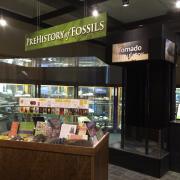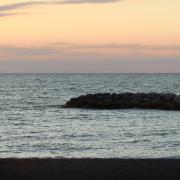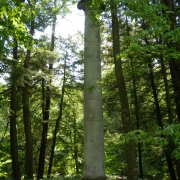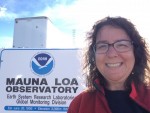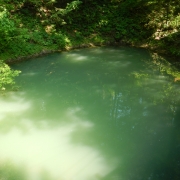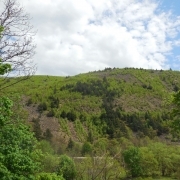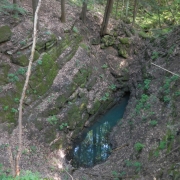News
PAESTA President Podcast: September 2014
PAESTA President, Laura Guertin brings us her next installment in her PAESTA President's Podcasting Series. Be sure to listen to hear Laura's excitement about the PAESTA Conference - but first, she's out to sea for a hydrographic survey!
See the Science Friday Classroom Strategy: Image of the Day: http://www.sciencefriday.com/educational-resources/classroom-strategy-image...


